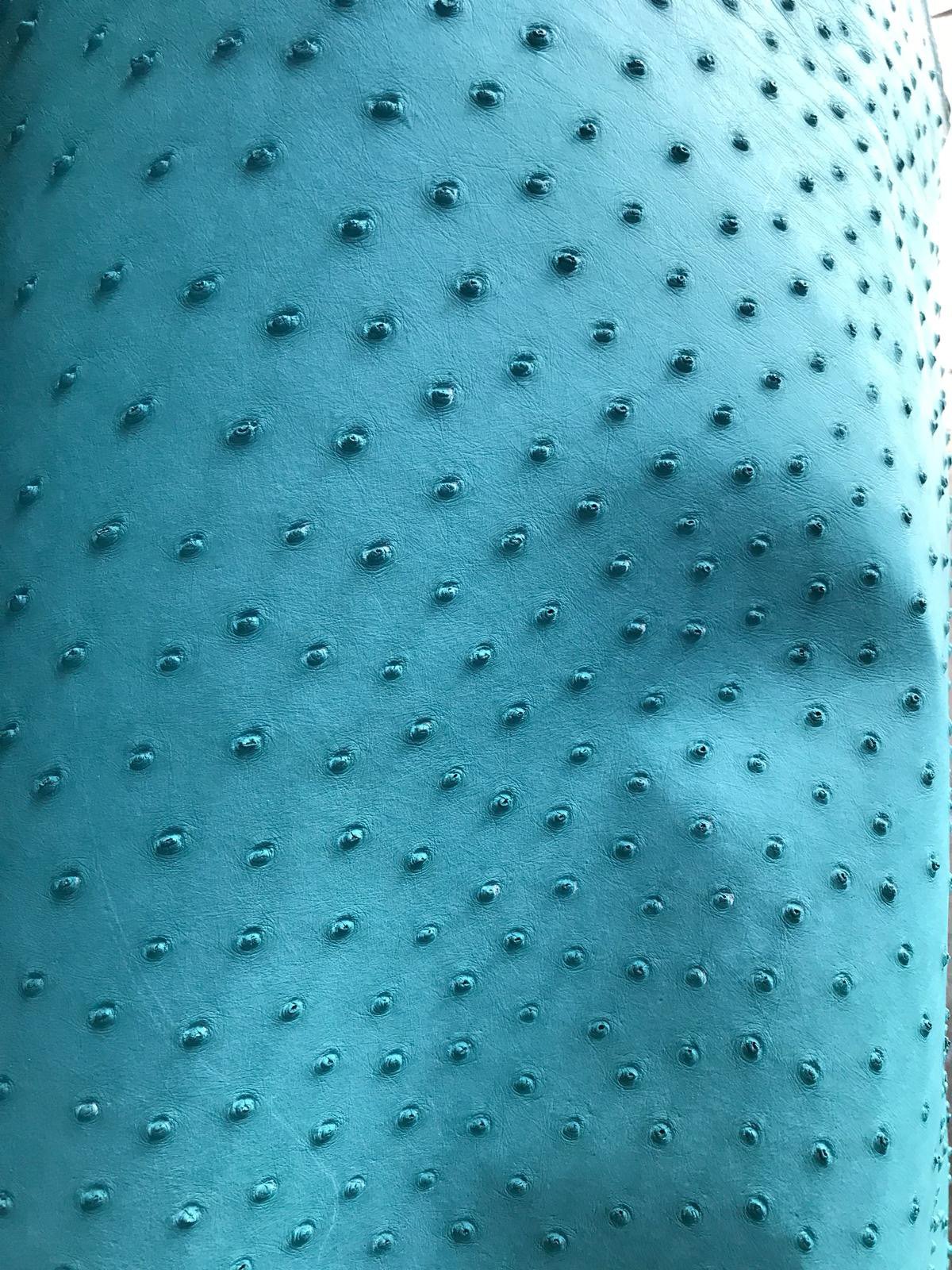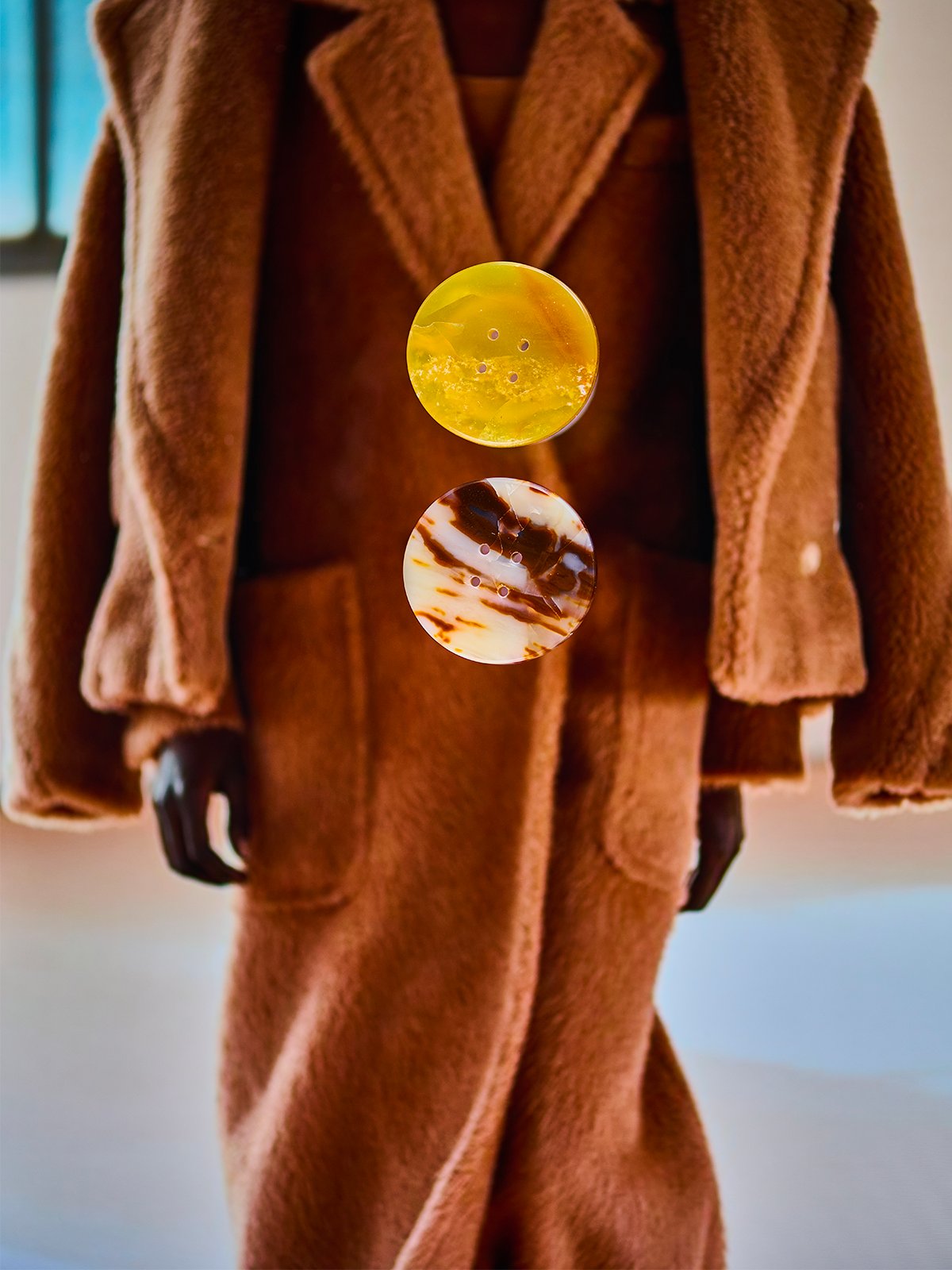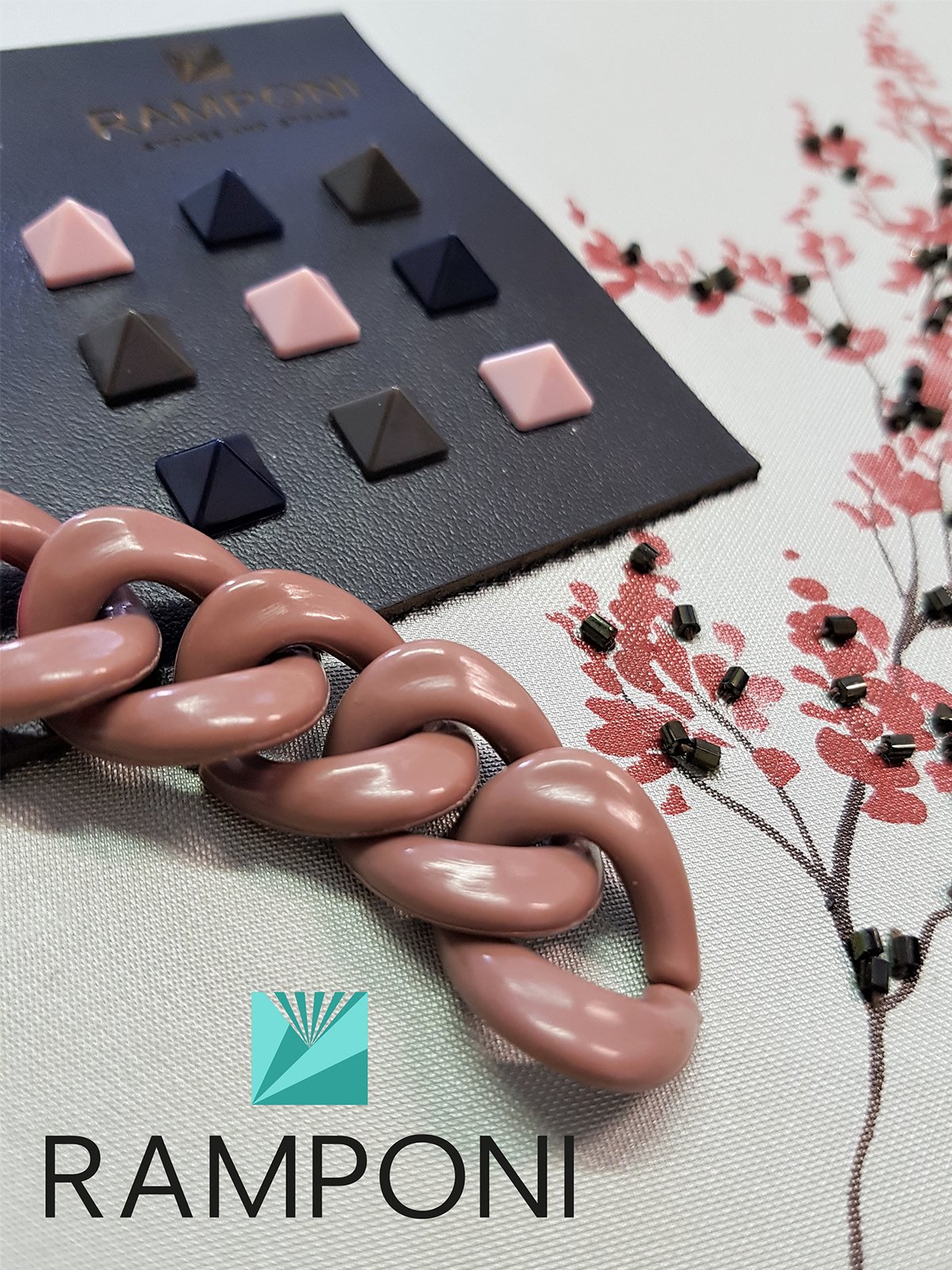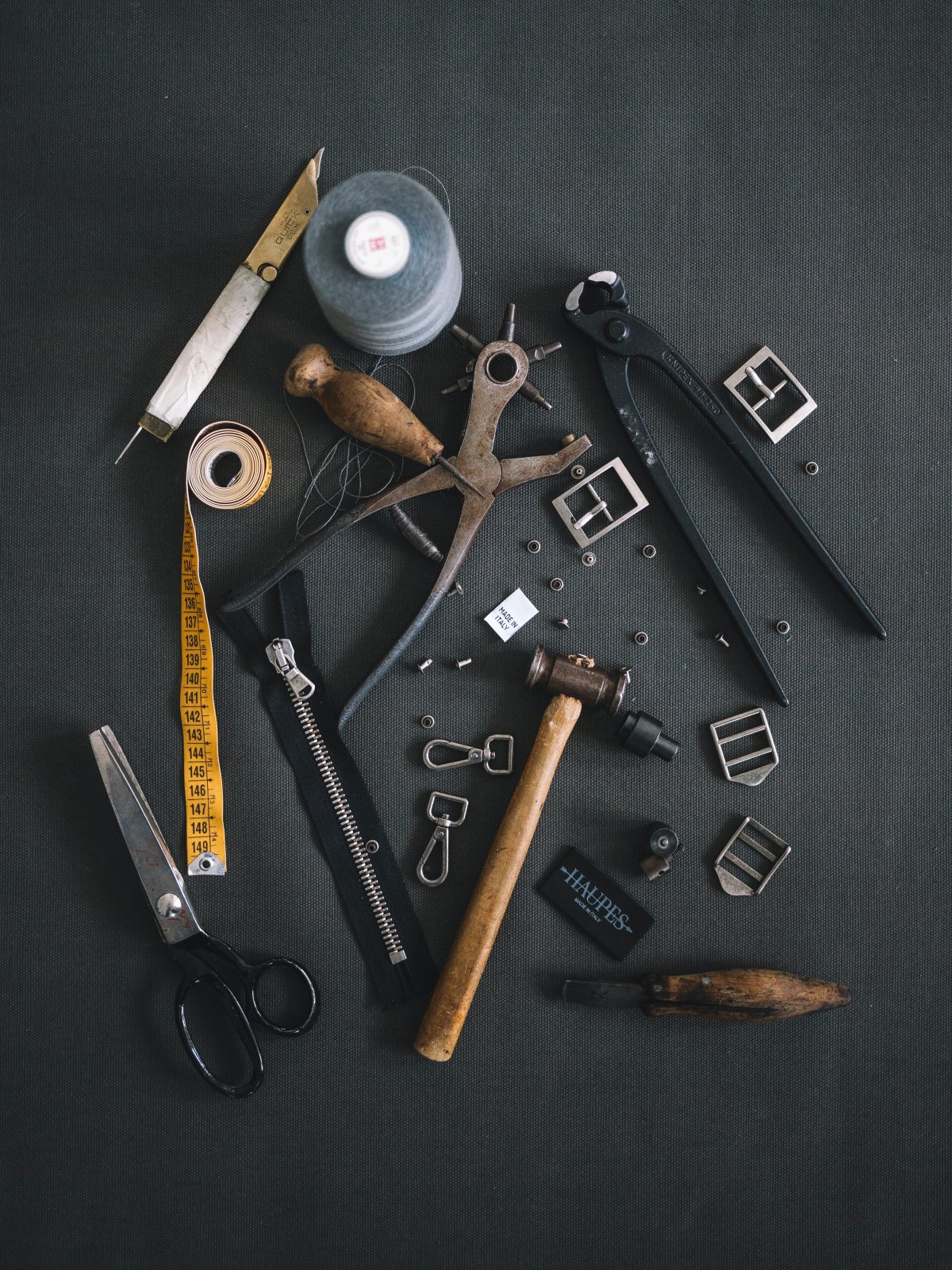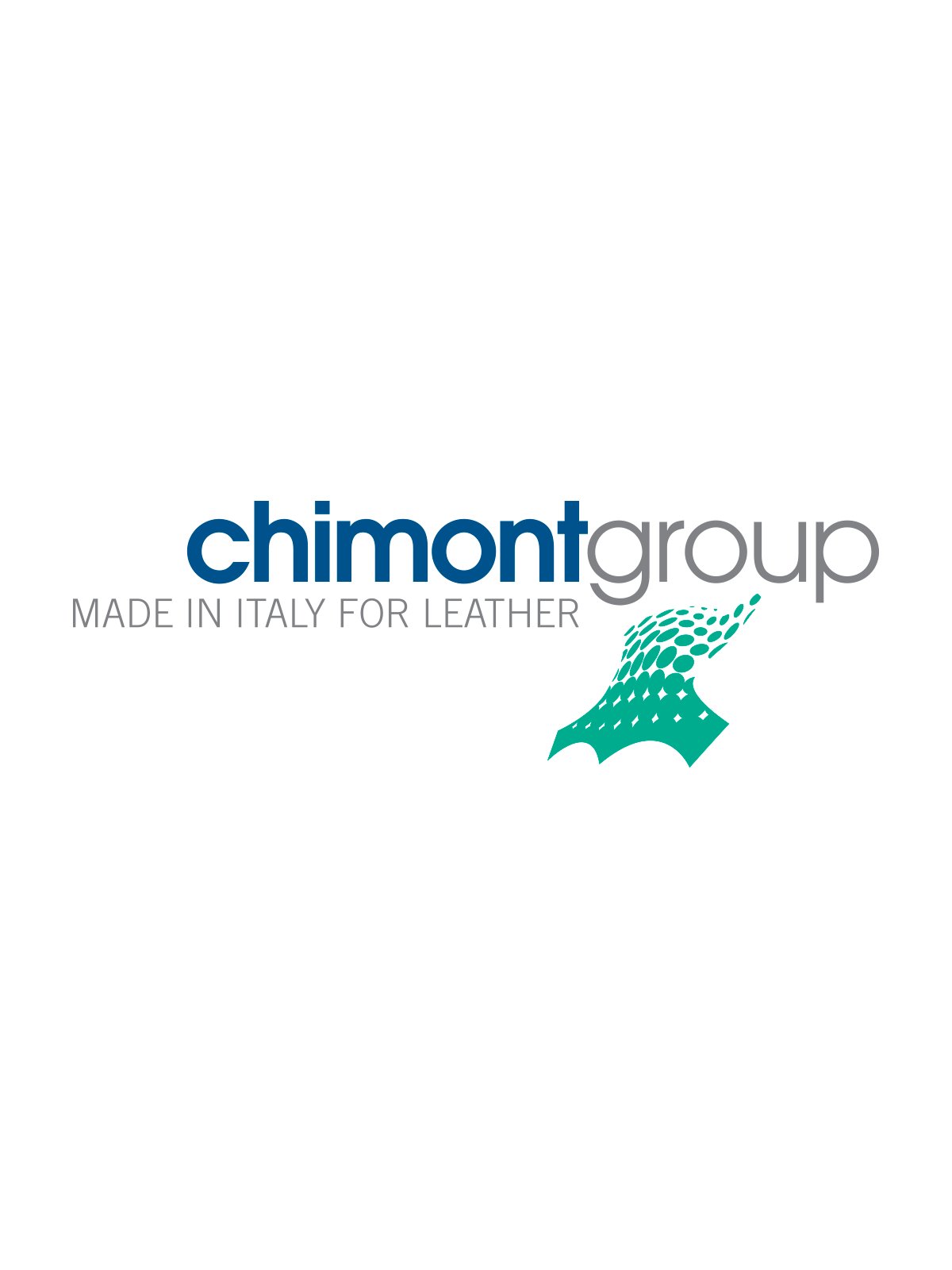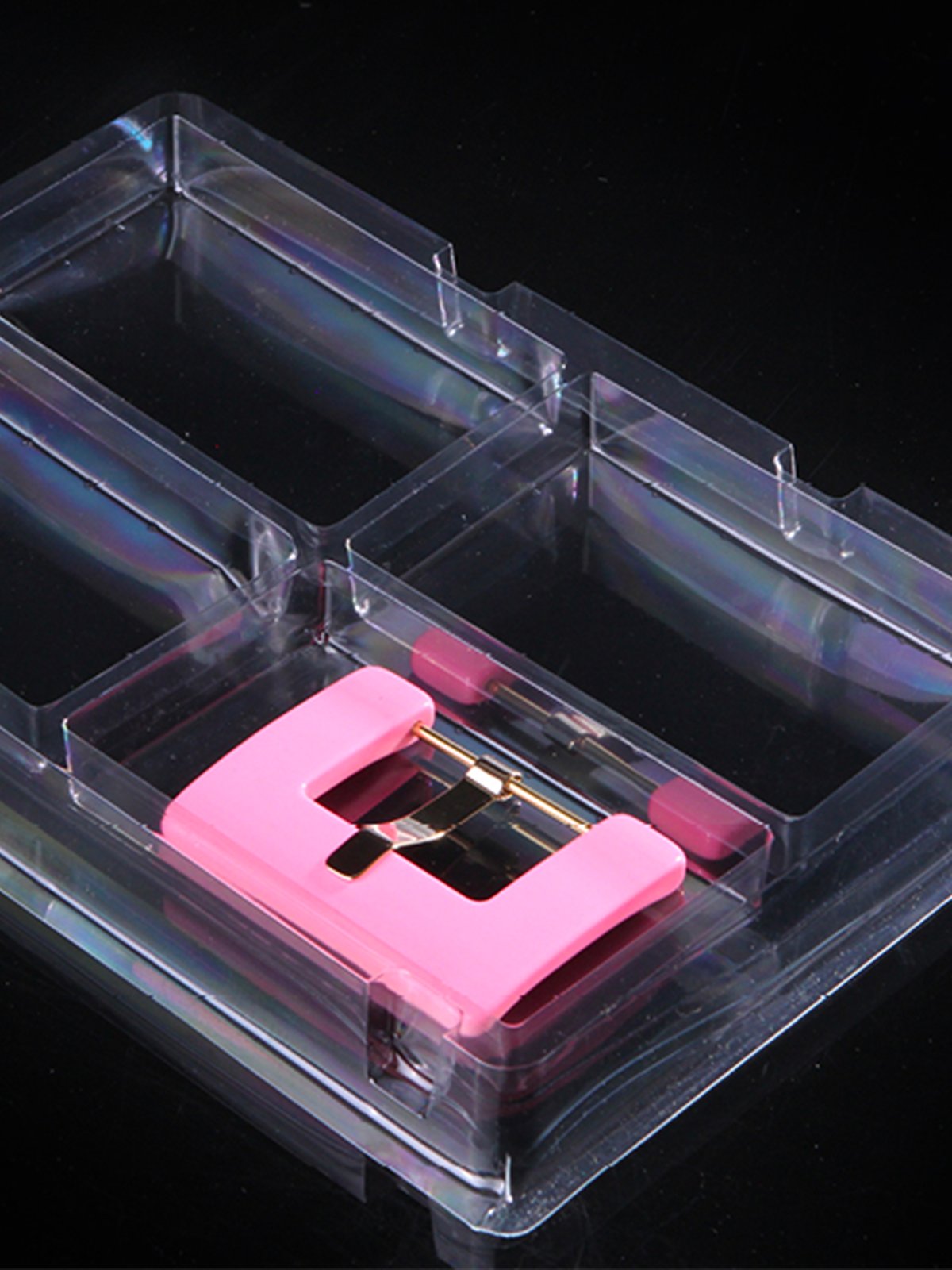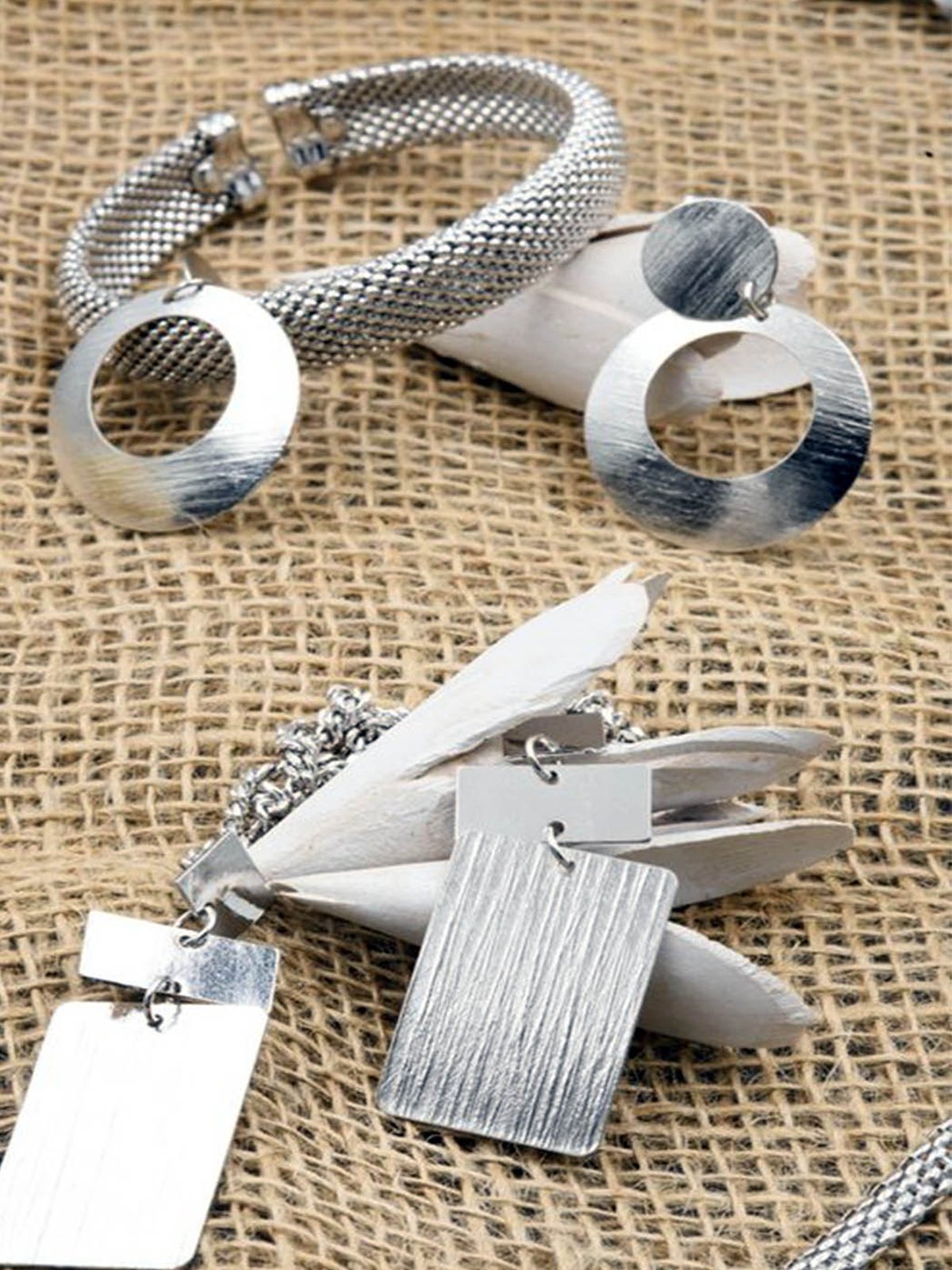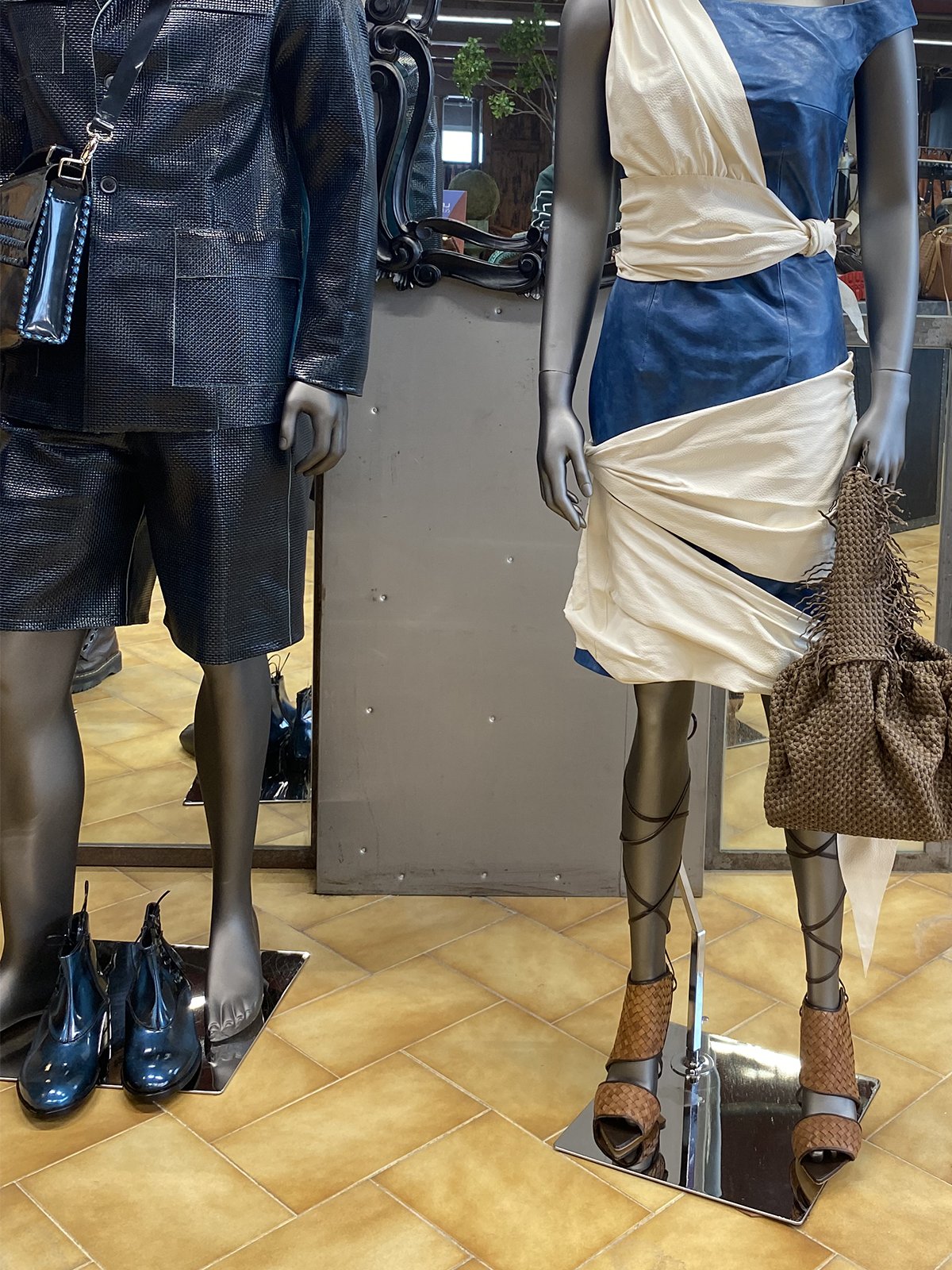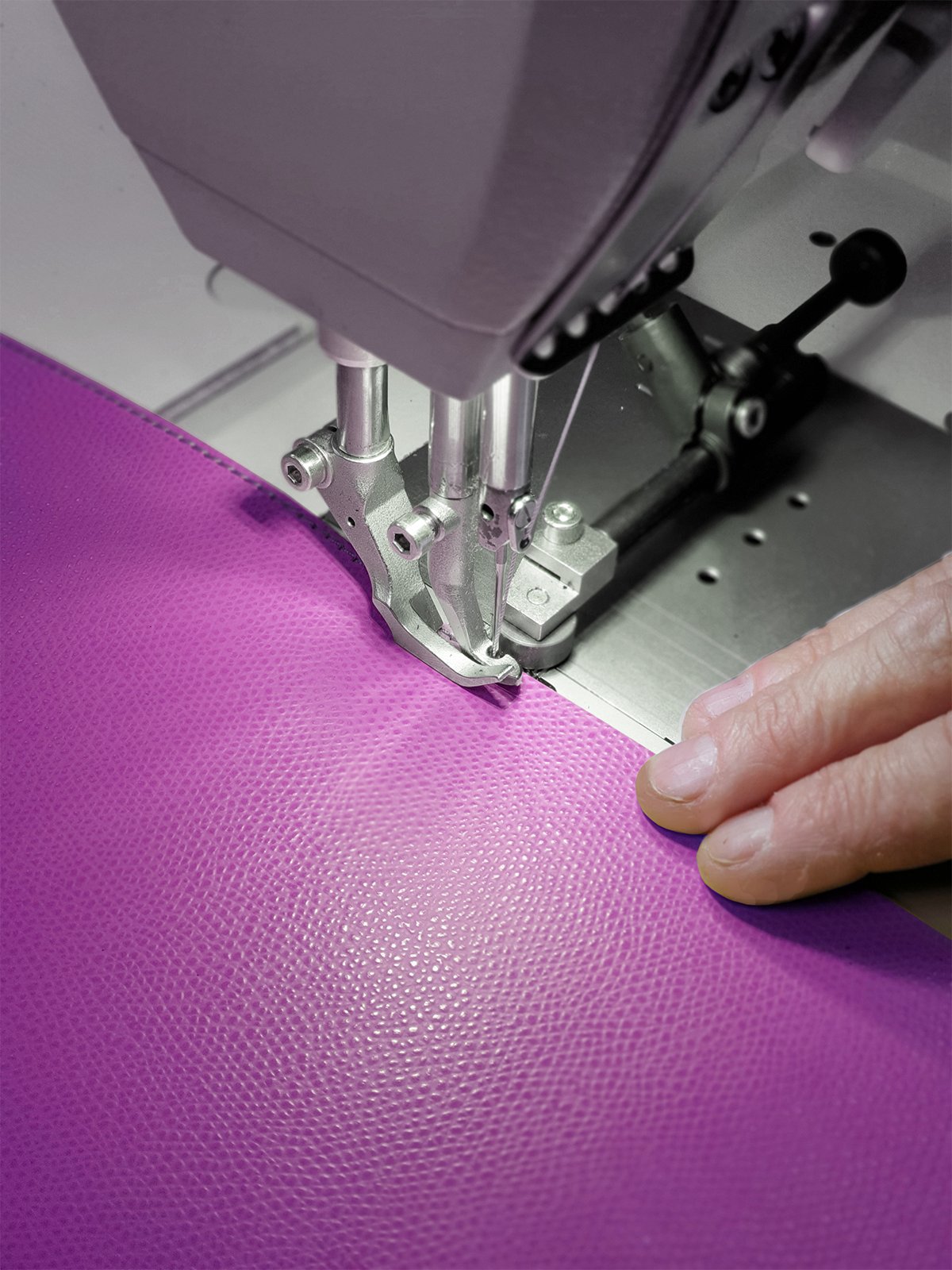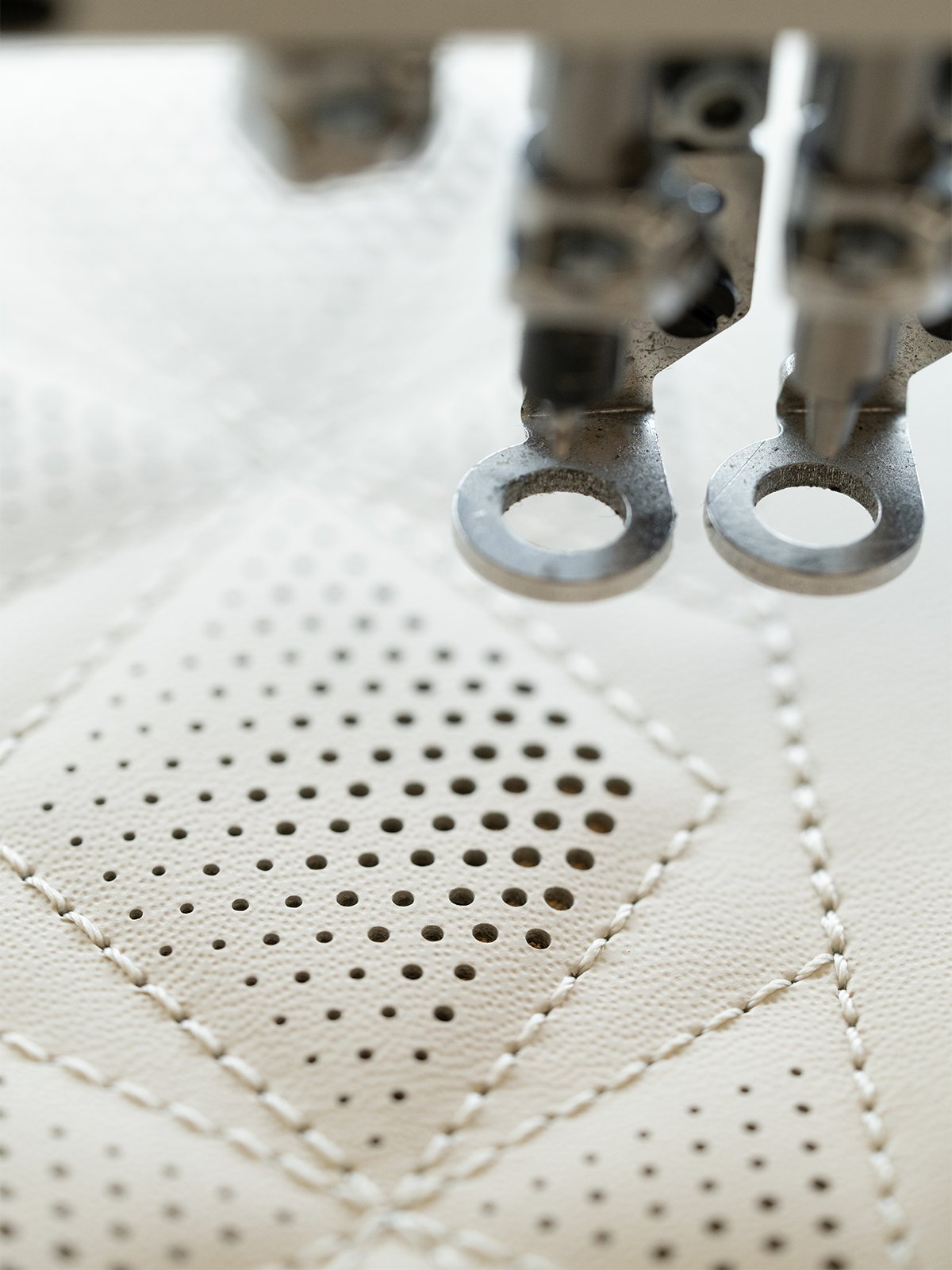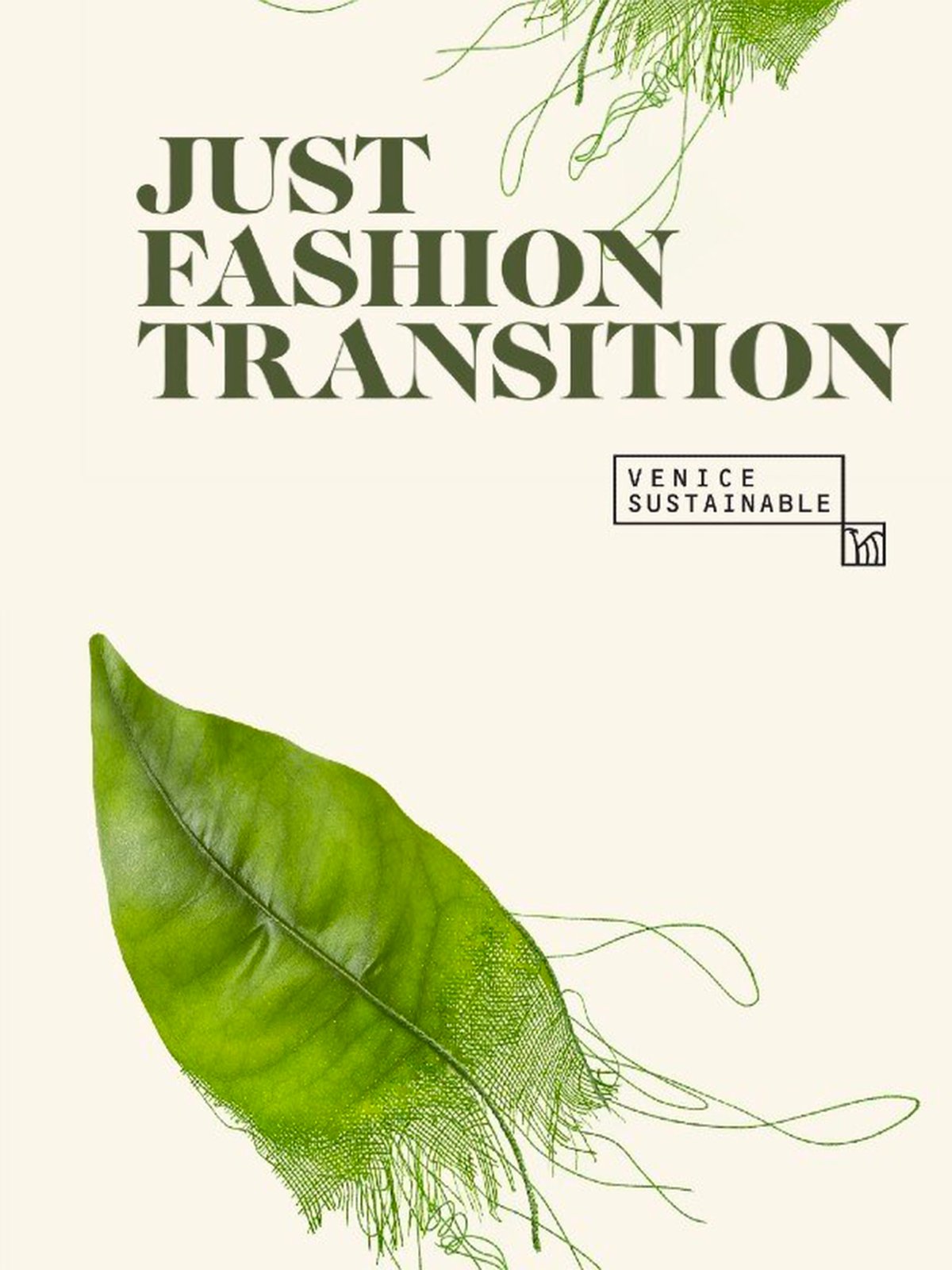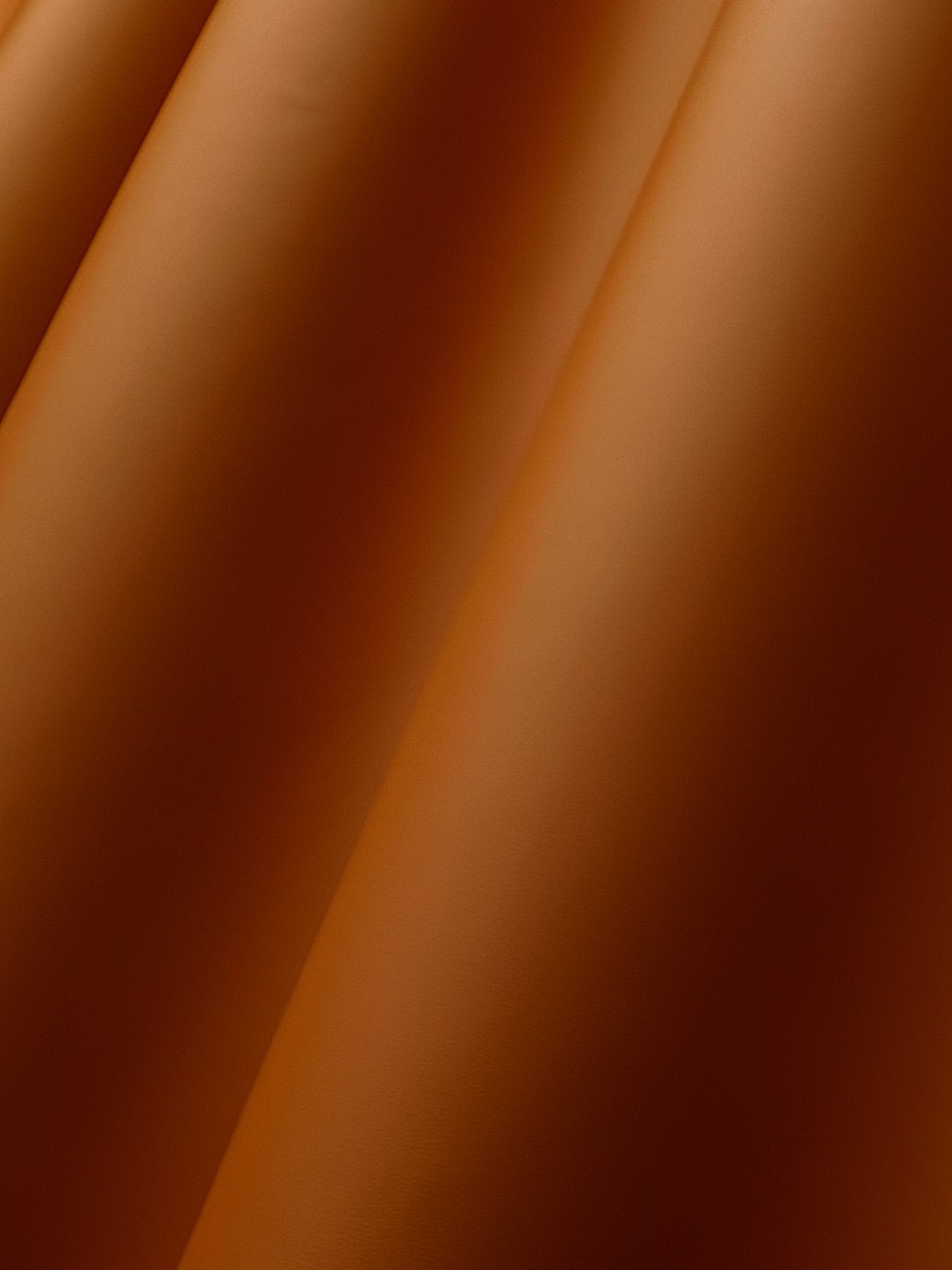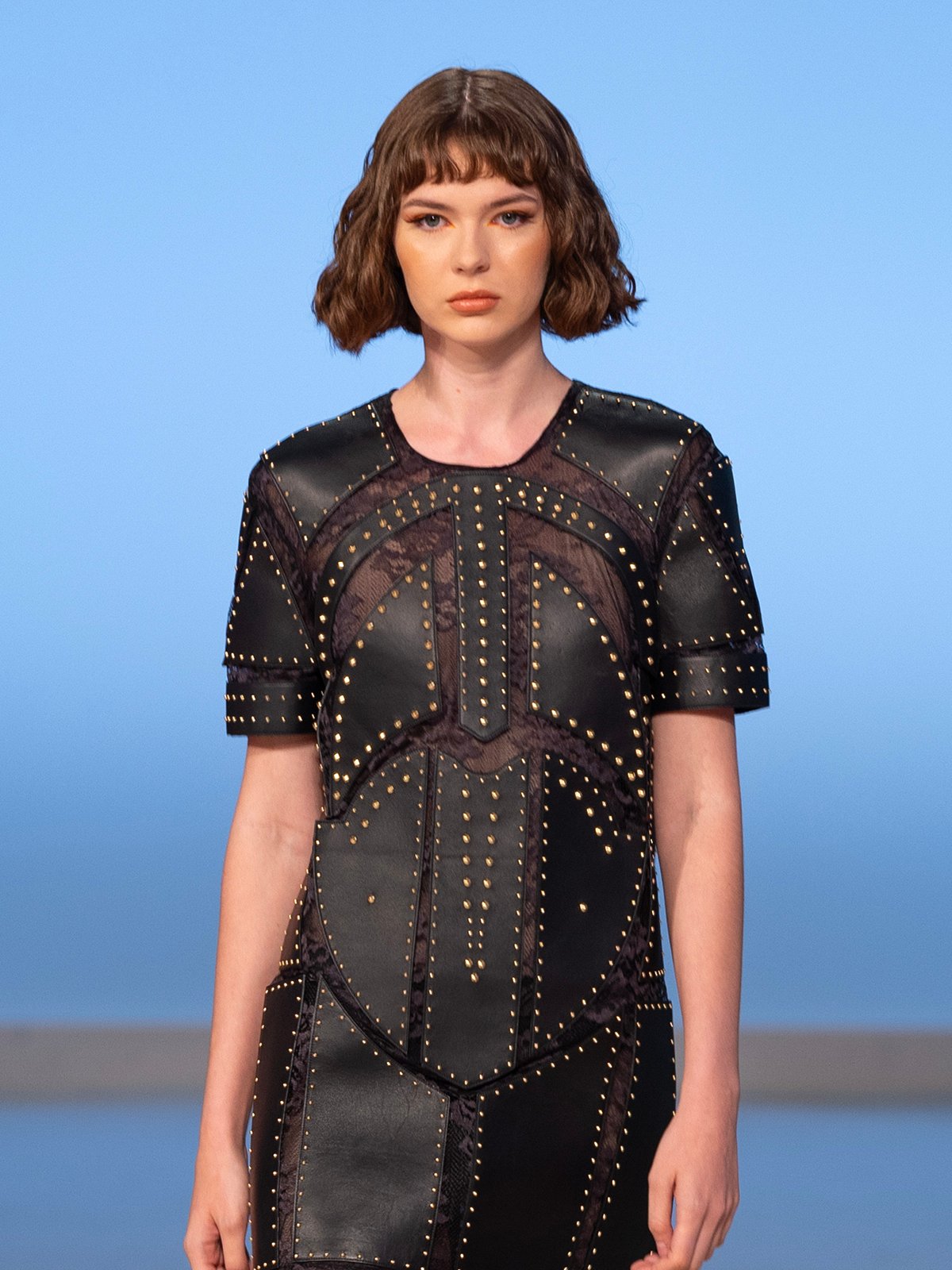News
The circularity of precious and non-precious metals: a focus on new trends in the fashion and high jewelry industry

According to a recent article in the masthead "Bluerating," as the energy crisis triggered by the invasion of Ukraine and sanctions imposed on Russia continues, energy-intensive metals production may see its capacity in Europe continue to decline, despite the EU's conservative policies. This realization is likely to accelerate the much-touted energy transition, which will inevitably affect the cost of metals, among other factors.
For this reason, the pursuit of the concept of circularity is perhaps the most obvious trend that can be analyzed within the industries involved in the processing of precious and non-precious metals for the fashion and fine jewelry markets. At the moment, being able to attest to the use of metals sourced 100 percent, or nearly 100 percent, from recycled sources is a strategic focal point for companies intent on being competitive and sustainable in the marketplace of the near future. Ethics, responsibility, transparency, and traceability are key words that tie in with this trend that industries specializing in metals are called upon to fill with content and concrete actions. A virtuous trigger that major players in the Luxury market must ride to shape the market for years to come.
But where to start? We talk about it with Fabio Di Falco, Marketing Manager of Legor (an international Benefit Company based in Vicenza, Italy, specializing in the science of precious metals, serving the jewelry, fashion and galvanic-industrial sector - nda): "For some time now, luxury brands - as well as many other companies belonging to different industries - have increasingly been introducing specialized sustainability figures in the company, such as Innovation Manager and Sustainability Manager. An unmistakable sign of the current change. The emergence of and investment in new industrial departments dealing with environmental issues is an indicator of the future ahead." An important first step, certainly, but what are the difficulties encountered so far in this transition process? "At the moment, the main challenge faced by many luxury companies is to understand how to attribute and implement ecological aspects to the final product," Di Falco continues, "and consequently how best to communicate their environmental commitment to a consumer who is increasingly attentive to these kinds of issues.
Other industries, such as food and clothing, for example, are further ahead in this respect; therefore, the Fashion & Luxury sector must also adapt."
Among the most communicable and certainly expendable factors to give a concretely green image to the metal processing industry is the achievement of total and established circularity starting from the raw material sourcing process. Therefore, metal recovery from so-called e-waste is currently one of the hottest topics in the industry.
But what is it all about? The term e-waste identifies electronic waste, even products that are discarded but are still potentially functional and can be plugged into any electrical outlet to be powered or to charge their battery. These can include smartphones, tablets, radios, laptops, electric kettles, TVs and large household appliances. According to the latest available report from the United Nations Global E-waste Monitor 2020, the world generated 56.3 million tons of e-waste in 2019. This figure highlights the growing need for repurposing, especially given the fact that only 20 percent of this waste is currently recycled. The recovery of metal from this voluminous group of waste is therefore a key factor that will also change the jewelry and fashion market because it is a usable and understandable concept for the end consumer.
"Sustainability has always been an integral part of Legor's DNA," Di Falco goes on to explain, "and it has recently come full circle, if we consider that this year PH Investments (Legor Group's holding company) acquired 74 percent of Refimet, a company belonging to the Ecomet Refining group (Spino d'Adda, Cremona): a company specializing in the recovery and refining of precious metals mainly from e-waste. The transaction has further strengthened Legor's presence in the field of precious metal recovery and refining, with the aim of directly controlling the supply chain of precious and non-precious materials, guaranteeing their 100% sourcing from circular economy and recycled sources. In addition, Legor is certified by RJC (Responsible Jewellery Council) for 100% responsible sourcing of precious metals from recycled sources and by Bureau Veritas for 100% recycled non-precious."
But how to sensitize the end consumer towards the sustainability of a fashion product containing metal accessories or high jewelry items? "The concept of sustainability cannot be considered in an absolute way," Di Falco says provocatively, "Sustainability is a relative concept; there are products that are more or less sustainable but not totally sustainable. Every product always produces an impact on the environment. Sustainability is a broad concept that, in addition to measurement, encompasses different dimensions and aspects, providing a balance between economic, social and environmental needs without compromising the ability of future generations to meet their own needs. It is therefore a matter of being transparent, accountable and encouraging as much as possible the traceability of one's product. New generations, and in particular Gen Z, are already clear on these concepts, demonstrating a much greater awareness and attention to the product to be purchased than previous generations. Thus, awareness is already being raised, also because environmental issues are an integral part of the current socio-economic context and are now spread widely through all communication channels, traditional and otherwise."




